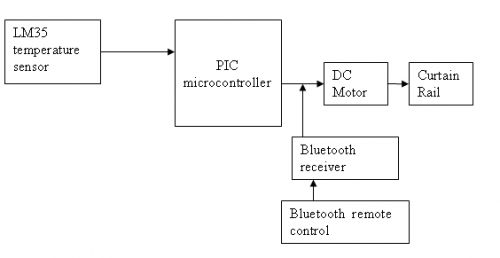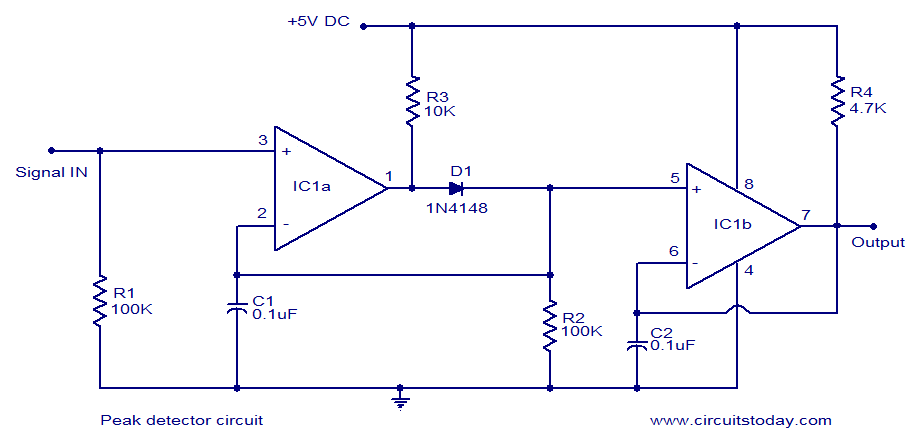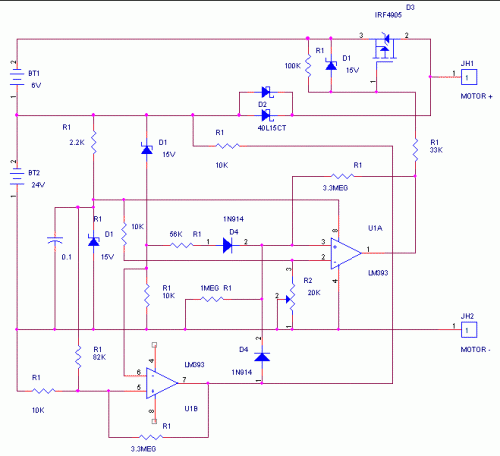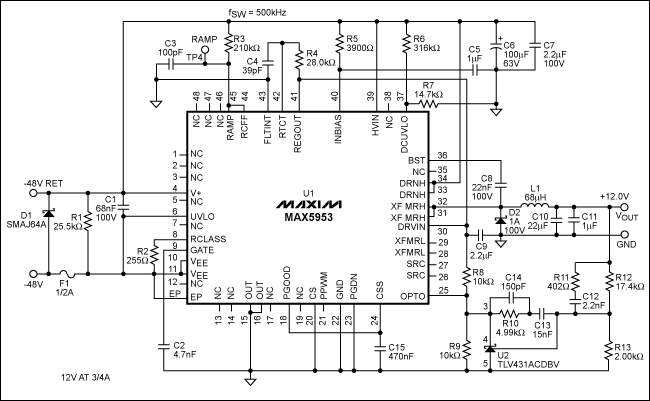
Donald Smith Devices too good to be true 14
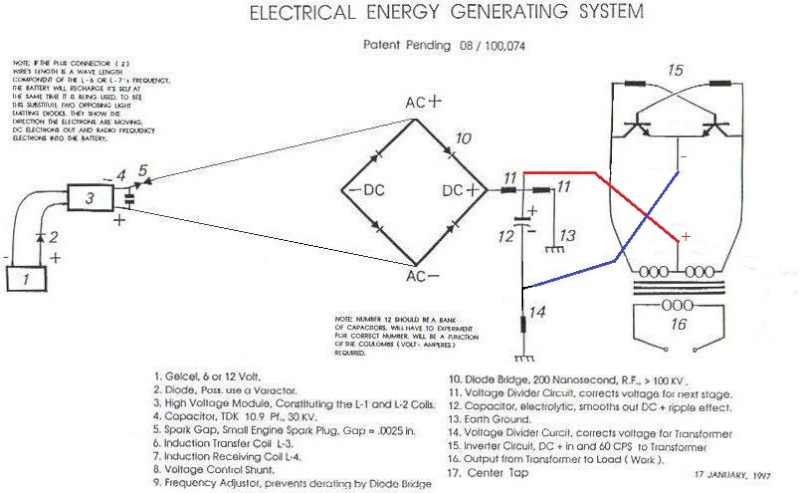
The natural resonant frequency of L2 is 31.5 MHz. The 40K value was calculated using an LC meter and LC resonance.
The resonant frequency of an inductor-capacitor (LC) circuit is a critical parameter that determines its performance in various electronic applications, particularly in radio frequency (RF) circuits. In this case, the inductor L2 has a natural resonant frequency of 31.5 MHz. This frequency is the point at which the inductive reactance and capacitive reactance are equal, resulting in maximum voltage across the circuit and minimal current flow.
To calculate the resonant frequency (f) of an LC circuit, the formula used is:
f = 1 / (2π√(LC))
Where:
- f is the resonant frequency in hertz (Hz),
- L is the inductance in henries (H),
- C is the capacitance in farads (F).
In this scenario, the 40K value refers to a resistance or possibly a capacitance value that has been determined through the use of an LC meter. An LC meter is an essential tool for measuring the inductance (L) and capacitance (C) of components in a circuit. By applying the principles of resonance, the LC meter can accurately gauge these values, enabling the calculation of the resonant frequency.
Understanding the relationship between inductance, capacitance, and resistance is crucial for designing circuits that operate efficiently at specific frequencies. The choice of components must be made carefully to ensure that the resonant frequency aligns with the intended operational frequency of the circuit, especially in applications such as oscillators, filters, and RF amplifiers.Originally Posted by kajunkreations The natural resonant freq of the L2 is 31.5 mhz. I calculated the 40K by using LC meter and LC resonance.. 🔗 External reference
The resonant frequency of an inductor-capacitor (LC) circuit is a critical parameter that determines its performance in various electronic applications, particularly in radio frequency (RF) circuits. In this case, the inductor L2 has a natural resonant frequency of 31.5 MHz. This frequency is the point at which the inductive reactance and capacitive reactance are equal, resulting in maximum voltage across the circuit and minimal current flow.
To calculate the resonant frequency (f) of an LC circuit, the formula used is:
f = 1 / (2π√(LC))
Where:
- f is the resonant frequency in hertz (Hz),
- L is the inductance in henries (H),
- C is the capacitance in farads (F).
In this scenario, the 40K value refers to a resistance or possibly a capacitance value that has been determined through the use of an LC meter. An LC meter is an essential tool for measuring the inductance (L) and capacitance (C) of components in a circuit. By applying the principles of resonance, the LC meter can accurately gauge these values, enabling the calculation of the resonant frequency.
Understanding the relationship between inductance, capacitance, and resistance is crucial for designing circuits that operate efficiently at specific frequencies. The choice of components must be made carefully to ensure that the resonant frequency aligns with the intended operational frequency of the circuit, especially in applications such as oscillators, filters, and RF amplifiers.Originally Posted by kajunkreations The natural resonant freq of the L2 is 31.5 mhz. I calculated the 40K by using LC meter and LC resonance.. 🔗 External reference
